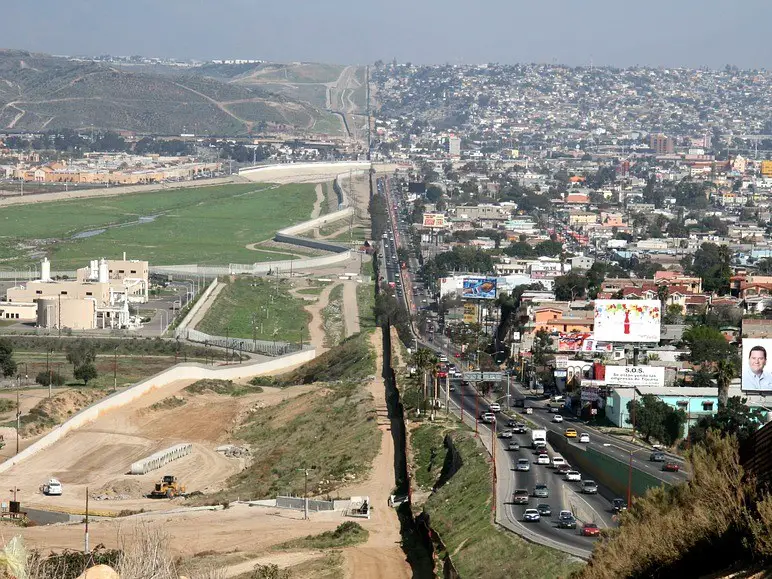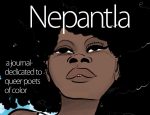I recently listened to author Sandra Cisneros when she visited my university to discuss her writing. There, in a small yet crowded chapel, she recited one of her short stories, read a personal essay and answered questions from the audience. Many fans sitting in the wooden pews brought copies of Cisneros’ debut novel, “The House on Mango Street,” but what introduced me to the celebrated author was a later work of hers: “Caramelo,” a 2002 novel that has remained relevant because of its theme of Mexican-American identity.
In “Caramelo,” Cisneros takes you on a road trip from the American city of Chicago, across the border and to Mexico City, where the protagonist Celaya visits her grandparents every summer. It’s an entirely different world from the American one Celaya was raised in: Residents speak rapid Spanish, street vendors sell tasty Mexican food staples and her grandmother acts so awful that Celaya dubs her the “Awful Grandmother.” It isn’t until Celaya listens to her grandmother’s history that she and the readers are privy to the multi-generational storytelling that connects all family members, past and present.
Cisneros draws inspiration from her life for book material, and “Caramelo” is no exception. Like Cisneros, Chicago-raised Celaya grows up under the overwhelming presence of her six older brothers, and as the youngest and only daughter, Celaya’s voice gets lost in the din of her large family. Besides the framework of storytelling woven in the novel, Celaya’s sense of cultural isolation and struggle with identifying with both her American and Mexican sides is explored as Celaya matures over the years.
Celaya fails to find acceptance from her fellow Mexican classmates at her public high school in America. “Look, I don’t know what you’re talking about when you say I don’t look Mexican. I am Mexican,” Celaya says after being derided by her classmates for not looking Mexican like them. The situation on the Mexican side of the border isn’t any better for Celaya, where her Awful Grandmother chastises her at every turn for speaking improper Spanish, and the question of cultural identity hits a peak for Celaya toward the end of the novel.
“I don’t know where I belong anymore,” Celaya admits to herself, sick of her in-limbo status between America and Mexico.
After someone in the audience asked her opinion on the American government separating Mexican children from their parents, Cisneros discussed speaking up for those who can’t speak for themselves. “We have to be our own heroes. We have to speak up for those who can’t speak,” Cisneros said.
With “Caramelo,” Cisneros accomplishes just that by providing a voice for Mexican-American readers, which is reflected in the story itself. Celaya eventually learns about her Awful Grandmother’s past, and in the process of telling her grandmother’s story, the young girl manages to uncover the truth of her own identity.
It’s not hard to picture why a novel like “Caramelo” still resonates almost 20 years after its initial print publication. All you have to do is turn on the daily news and you’ll see political commentators arguing about whether or not to secure the Mexican-American border amid live footage of Mexican children held in detention centers. And for Mexican-Americans that are born in the U.S., it’s still difficult to find a balance between two cultures that are literally separated by border patrol.
https://www.instagram.com/p/Bvz1KMZlGTF/
America has been called a melting pot of cultures for a reason, and you would be hard-pressed to find someone that doesn’t possess a varied cultural background. In an NBC News article titled “Young Latinos: Born in the U.S.A., carving their own identity,” the authors touch on factors such as the increasing number of Hispanic Americans growing up on American soil and the desire to preserve one’s Mexican identity in an environment that isn’t always welcoming. Teenagers like Berenize Garcia, whose story is featured in the article, are experiencing the same cultural tensions as Celaya does in “Caramelo.”
“That makes me feel confused, because how can I be Mexican when I’m pressured to be more American? How can I be American when I’m pressured to be more Mexican?” Garcia says when her father encourages her to act more American, while her mother tells her that it’s disrespectful to not remember proper Spanish when visiting Mexican relatives.
By publishing works like “Caramelo,” Cisneros memorializes in literature the struggle of remaining loyal to one’s Mexican heritage while finding acceptance in America. Celaya’s background might have been based on Cisneros’ own life growing up as a Mexican-American individual, but her experience with cultural isolation and attempt to merge two identities is one that any reader with a multi-cultural background can relate to.
“Instead of quitting, I decided to write the book I had never seen on the shelves of libraries,” Cisneros said that night I listened to her speak, referring to the time she felt voiceless during her writing program at the University of Iowa.
Thanks to Cisneros’ courage to write stories unique to her own Mexican-American background, she managed to separate herself from other writers and provide a voice to others through “Caramelo” and her other works of fiction. Cisneros details over three generations of Celaya’s family tree through captivating storytelling so that Celaya is eventually able to understand her own family ties and ultimately herself.
Culture isn’t limited to just one thing. It’s in the language people speak, the food they share, the songs they play and the traditions passed on from generation to generation. In reading “Caramelo,” you can see that Cisneros includes every aspect of the Mexican-American experience, one that current Mexican-Americans are experiencing in America. For that reason alone, “Caramelo” will always remain a bright voice for the Mexican-American spirit.









